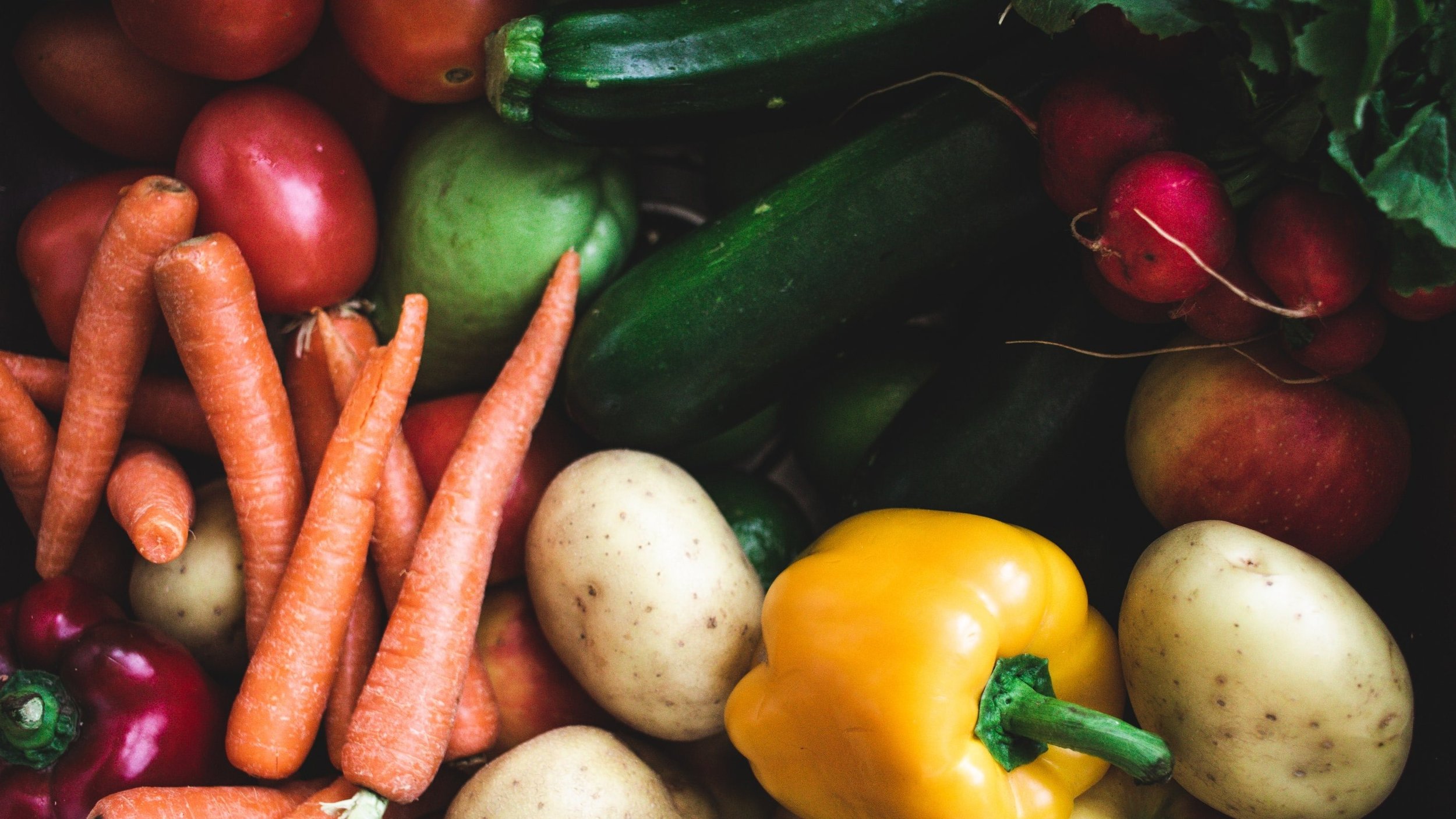
REDUCE YOUR CARBON FOOTPRINT
We are standing at a pivotal moment in history. The science could not be clearer: at most, we have 10 years to avoid crossing the 1.5°C heating threshold. The consequential increase in existential risks to nature and people is undeniable. The most recent report from 11,000 scientists across 153 countries said that without swift action, ‘untold human suffering’ is unavoidable.
The ocean plays a huge role in the climate story; it is the beating blue heart of this planet— essential to each and every one of us.
The ocean is the earth’s biggest carbon sink, creates over half our oxygen and feeds billions of people around the world. But increasing levels of CO2 are causing ocean heating, acidification and deoxygenation, leading to changes in oceanic circulation and chemistry, rising sea levels, increased storm intensity, and changes in the diversity and abundance of marine species.
Our aim is to secure a global network of ocean sanctuaries. Ocean sanctuaries are just that - places where the ocean can be healthy because a healthy ocean can better withstand rapid changes, and help mitigate climate change by promoting carbon sequestration and storage.
DO MORE

TRAVEL & TRANSPORT
Only fly when it’s necessary and if you have to fly, look at offsetting and choose airlines using biofuel.
If you’re going to fly, it should be for truly extraordinary and important reasons.
Fly economy (to take up less of the plane).
Or, take a slower and greener form of travel and arrange for a longer visit - think Greta and her boat!
Take low carbon modes of transport; walk or cycle short distances, take a train or bus, choose electric or hybrid taxis.
When buying a new car, switch to an electric or hybrid car.

FOOD
Give up red meat and dairy.
Consider moving to a primarily plant-based diet.
If you’re going to eat fish choose from a sustainable source and treat fish as a treat.
Buy locally-sourced food – purchase a local vegetable and fruit box to be delivered to your home.
Get to know the supply chain and support the companies you like.
Say no to single-use plastic and join the refill revolution – use your reusable bottle, coffee cup, take away food box, and cutlery when you’re on the move.

FASHION
Support brands that are taking credible and authentic action towards sustainable fashion.
Buy second-hand via charity shops, vintage stores and online marketplaces.
If you’re buying new, focus on quality and keep in use.
Choose sustainable fibres such as organic cotton, bamboo and recycled materials
Repurpose old clothing into new unique items.
Donate or sell unwanted clothes on marketplaces such as Depop, Vinted or organise a clothes swap.

CHOOSE SEAFOOD WISELY
Do you know who needs shark fins? Sharks. Skip the soup. Did you know Chilean Sea Bass is actually a fish called the Patagonian Toothfish that comes from far away places like Antarctica and are vital to keeping their ecosystem healthy? Did you know shrimp and prawns have a huge by-catch ratio – meaning that for each one you eat, many other species of fish have lost their lives and been tossed back overboard. You can help today. There are apps you can download to make ocean-friendly seafood choices including Seafood Watch (US), Good Fish Guide (Europe), and Sustainable Seafood (Australia).

REDUCE YOUR PLASTIC FOOTPRINT
INVEST IN PROJECT ZERO
Help us spread these messages and Turn the Tide

